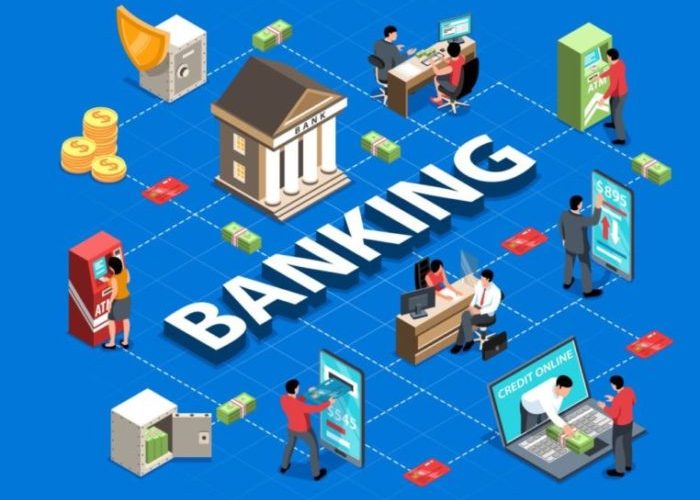28
Nov
Agile methodologies and innovation play significant roles in the digital transformation of banking and digital banking. Agile Methodologies:Agile methodologies, such as Scrum or Kanban, are iterative and collaborative approaches to project management that prioritize flexibility, adaptability, and continuous improvement. In the context of digital transformation in banking, agile methodologies offer several benefits: Flexibility and Adaptability: Agile methodologies allow banks to respond quickly to changing market dynamics, customer needs, and emerging technologies. They promote a flexible and adaptive approach, enabling banks to adjust their digital initiatives based on real-time feedback and insights. Faster Time to Market: By breaking down projects into…









